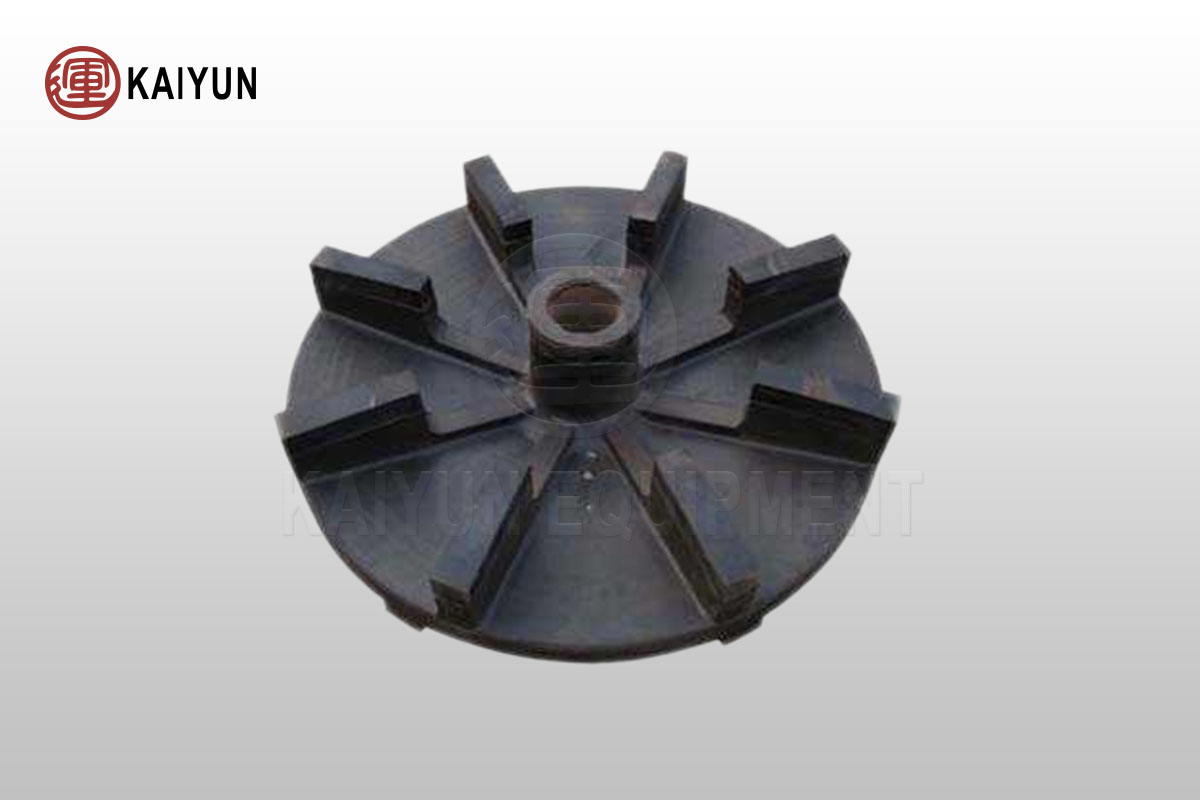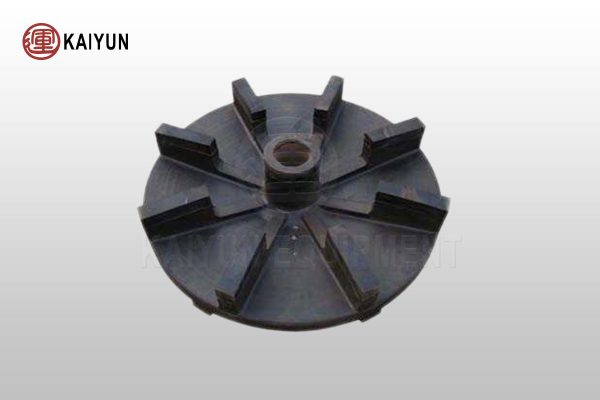Product Introduction
The flotation machine impeller, as the core component of a mechanical agitation flotation machine, undertakes two crucial missions. On one hand, it needs to efficiently stir and circulate the pulp, ensuring that ore particles and reagents are fully in contact to promote the flotation reaction. On the other hand, it must effectively intake and disperse air, forming small and uniform bubbles that serve as carriers for mineral attachment, thereby achieving efficient mineral flotation.
The choice of material for the impeller is critical, typically made from high-strength rubber, to ensure its durability and reliability under complex working conditions.
Table of Contents

Core Advantages and Features
High-Strength Rubber Material
The selected high-strength rubber not only possesses excellent toughness but also exhibits outstanding wear resistance and corrosion resistance, enabling stable long-term operation in high-wear and corrosive slurry environments.
Wear Resistance
The impeller surface is specially treated to enhance its resistance to wear, extending the impeller’s lifespan and reducing maintenance frequency and costs.
Oil and Water Resistance
Whether in oil-based or water-based media, the impeller maintains its structural integrity and performance stability, unaffected by the media, ensuring the normal operation of the equipment.
Enzyme and Bacterial Resistance
The special material formulation endows the impeller with enzyme and bacterial resistance, preventing biological erosion and further enhancing the impeller’s durability.
High Elasticity and Impact Strength
The impeller has good elasticity, effectively absorbing impact loads during the agitation process. Meanwhile, the high impact strength ensures the structural stability of the impeller at high rotational speeds, reducing the risk of breakage.
